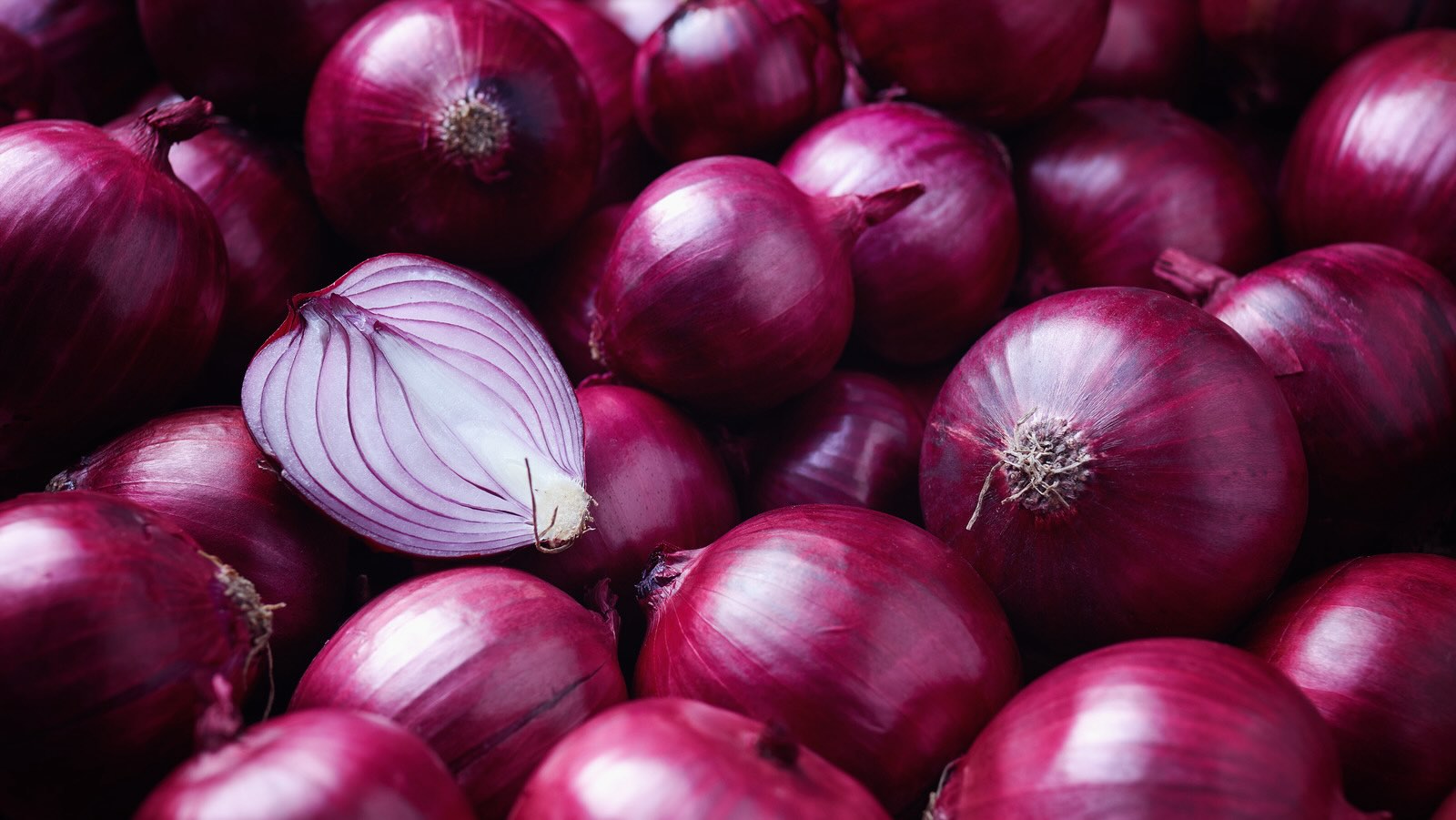

Articles
How To Store Purple Onions
Modified: August 27, 2024
Learn how to store purple onions properly in this informative article. Find tips and tricks for keeping them fresh and flavorful.
(Many of the links in this article redirect to a specific reviewed product. Your purchase of these products through affiliate links helps to generate commission for Storables.com, at no extra cost. Learn more)
Introduction
Purple onions, also known as red onions, are a versatile and flavorful addition to many dishes. They add a pop of color and a sharp, tangy taste to salads, sandwiches, stews, and more. Whether you grow your own purple onions or buy them from the grocery store, knowing how to properly store them can help to extend their shelf life and keep them fresh for longer. In this article, we will guide you on the best practices for storing purple onions to ensure they stay crisp and delicious.
When it comes to storing purple onions, there are several factors to consider. These include the selection and buying process, proper handling and cleaning techniques, and the various storage methods available. By following these guidelines, you can prolong the freshness of your purple onions and prevent them from spoiling or becoming mushy.
So, let’s dive into the world of purple onions and learn how to store them effectively for maximum flavor and longevity.
Key Takeaways:
- Proper storage of purple onions involves choosing firm, fresh onions, handling them gently, and storing them in a cool, dry place away from direct sunlight. Regularly inspect and rotate onions to maintain their freshness and flavor.
- Freezing purple onions after blanching and patting them dry can extend their shelf life for several months. Use stored onions in various dishes, such as salads, sautés, and soups, to add a tangy flavor and vibrant color to your culinary creations.
Read more: How To Store Onions
Choosing and Buying Purple Onions
When it comes to choosing and buying purple onions, there are a few key factors to keep in mind. Here are some tips to help you select the freshest and highest-quality onions:
- Look for firmness: Choose purple onions that are firm and free from soft spots or blemishes. The outer skin should be intact and not wrinkled or damaged.
- Avoid sprouted onions: Check for any signs of sprouting, as this indicates that the onion is old and may not have the best texture or flavor.
- Consider size: Depending on your personal preference, you can choose small or large purple onions. Smaller onions tend to be milder in flavor, while larger ones have a stronger and more pungent taste.
- Check for freshness: Choose onions with a vibrant and uniform purple color. Avoid onions with any signs of mold or decay.
- Smell test: Give the onion a gentle squeeze and sniff. It should have a mild, slightly sweet aroma. Avoid onions with a strong or unpleasant odor.
When it comes to buying purple onions, there are several options available. You can purchase them at grocery stores, farmers’ markets, or even grow your own if you have a garden. If possible, opt for organic onions, as they are free from synthetic pesticides and have a more natural flavor.
Remember, it’s always a good idea to buy just the amount of purple onions that you need, as excessive storage can lead to spoilage. However, if you end up with more onions than you can use immediately, don’t worry! We’ll guide you on how to store them properly to ensure they last as long as possible.
Handling and Cleaning Purple Onions
Proper handling and cleaning of purple onions is crucial to maintain their freshness and prevent any bacterial contamination. Follow these steps to handle and clean your purple onions:
- Handle with care: Purple onions have a delicate structure, so handle them gently to avoid bruising or damaging the outer layers. Avoid dropping or tossing them around.
- Remove any dirt: Before cleaning the onions, remove any dirt or debris on the outer skin. You can use a damp cloth or paper towel to gently wipe away the dirt.
- Trim the ends: Slice off the top and bottom ends of the onion, as they tend to be the most likely areas for spoilage to occur.
- Peeling the skin: To remove the outer papery skin of the onion, carefully peel it away with your hands or use a sharp knife. Make sure to remove only the outermost layer, leaving the inner layers intact.
- Cut as needed: If you plan to use the purple onion immediately, you can proceed with slicing, dicing, or chopping it as required for your recipe. Otherwise, keep the onion intact for better storage.
- Rinse gently: If you need to wash the onion, do it just before using it to minimize moisture. Rinse it under cold running water and pat it dry with a clean towel or paper towel.
It’s important to note that excessive washing or prolonged exposure to water can increase the moisture content of the onion, making it more prone to spoilage. Therefore, it’s recommended to handle and clean the onions only when necessary.
By following these handling and cleaning steps, you can ensure that your purple onions are free from dirt, debris, and spoilage. This will contribute to their overall longevity and quality when stored.
Storing Purple Onions
Proper storage is key to preserving the freshness and flavor of purple onions. Here are some methods you can use to store your purple onions:
Storing Whole Purple Onions
If you have whole purple onions that you want to store, follow these steps:
- Cool and dry location: Find a cool and dry place to store your onions. A pantry, cellar, or a well-ventilated cabinet can work well.
- Avoid direct sunlight: Make sure the storage location is away from direct sunlight, as exposure to light can promote sprouting and spoilage.
- Avoid storing near other produce: Keep your onions separate from other fruits and vegetables, as they can emit gases that accelerate spoilage.
- Use a mesh bag or open container: To allow for proper air circulation, store the onions in a mesh bag or an open container. This helps to prevent moisture buildup and keeps the onions dry.
- Inspect them regularly: Periodically check your onions for any signs of spoilage, such as soft spots or mold. Remove any onions that show signs of deterioration to prevent them from affecting others.
Read more: How To Store Garlic And Onions
Storing Chopped Purple Onions
If you have chopped or sliced purple onions that you want to store, consider these steps:
- Place in an airtight container: Transfer the chopped onions to an airtight container, such as a resealable plastic bag or a glass container with a tight-fitting lid.
- Label and date the container: To keep track of their freshness, label the container with the date you chopped the onions.
- Refrigerate: Place the container in the refrigerator, preferably in the crisper drawer, where the temperature is cooler and more consistent.
- Use within a few days: Chopped purple onions can typically stay fresh in the refrigerator for up to three to five days. It’s best to use them within this timeframe for optimal quality and flavor.
Freezing Purple Onions
If you want to extend the shelf life of your purple onions even further, freezing is an excellent option. Here’s how to freeze them effectively:
- Peel and chop: Peel and chop the purple onions according to your preference.
- Blanch them briefly: Blanch the chopped onions in boiling water for 1-2 minutes, then immediately transfer them to an ice bath to stop the cooking process.
- Drain and pat dry: Drain the blanched onions and pat them dry with a clean towel or paper towel to remove excess moisture.
- Package for freezing: Place the chopped onions in a freezer-safe container or resealable plastic bag. Squeeze out any excess air and seal tightly.
- Label and date: Label the container or bag with the date and contents, so you can easily identify them in the freezer.
- Freeze: Place the container or bag in the freezer, where the onions will remain frozen for up to 3-4 months.
Freezing is an excellent way to preserve the flavor and texture of purple onions, allowing you to have them on hand for longer periods.
Remember, when using the stored purple onions, thaw them in the refrigerator before using. Avoid refreezing thawed onions to maintain their quality.
Storing Whole Purple Onions
If you have whole purple onions that you want to store, follow these steps:
- Cool and dry location: Find a cool and dry place to store your onions. A pantry, cellar, or a well-ventilated cabinet can work well.
- Avoid direct sunlight: Make sure the storage location is away from direct sunlight, as exposure to light can promote sprouting and spoilage.
- Avoid storing near other produce: Keep your onions separate from other fruits and vegetables, as they can emit gases that accelerate spoilage.
- Use a mesh bag or open container: To allow for proper air circulation, store the onions in a mesh bag or an open container. This helps to prevent moisture buildup and keeps the onions dry.
- Inspect them regularly: Periodically check your onions for any signs of spoilage, such as soft spots or mold. Remove any onions that show signs of deterioration to prevent them from affecting others.
Storing whole purple onions in a cool and dry location is essential for maintaining their freshness and quality. The ideal temperature for storing onions is around 30-50°F (0-10°C). Avoid storing them in areas with high humidity, such as the refrigerator, as the excess moisture can cause onions to become soft and mushy.
Using a mesh bag or an open container allows for air circulation, which helps to prevent moisture buildup. It also ensures that the onions are not trapped in a closed environment, which could accelerate spoilage. The mesh bag or open container allows any excess moisture to evaporate, keeping the onions dry and reducing the risk of rot or mold formation.
Regularly inspecting your stored purple onions is important to catch any signs of spoilage early on. Check for soft spots, mold growth, or any foul odors. If you notice any onions starting to deteriorate, promptly remove them to prevent the spread of spoilage to other onions.
By following these guidelines, you can ensure that your whole purple onions stay fresh and flavorful for an extended period. This will allow you to enjoy their delicious taste and vibrant color in your favorite recipes.
Storing Chopped Purple Onions
If you have chopped or sliced purple onions that you want to store, consider these steps:
- Place in an airtight container: Transfer the chopped onions to an airtight container, such as a resealable plastic bag or a glass container with a tight-fitting lid.
- Label and date the container: To keep track of their freshness, label the container with the date you chopped the onions.
- Refrigerate: Place the container in the refrigerator, preferably in the crisper drawer, where the temperature is cooler and more consistent.
- Use within a few days: Chopped purple onions can typically stay fresh in the refrigerator for up to three to five days. It’s best to use them within this timeframe for optimal quality and flavor.
When storing chopped purple onions, it’s crucial to minimize their exposure to air and moisture. This is why using an airtight container is essential. A resealable plastic bag or a glass container with a tight-fitting lid creates a barrier that helps to prevent air from seeping in and moisture from escaping.
Labeling the container with the date you chopped the onions allows you to keep track of their freshness. This way, you can easily identify how long they have been stored in the refrigerator and ensure you use them before they start to spoil.
Refrigerating the chopped purple onions is crucial for extending their shelf life. The cool temperature of the refrigerator helps to slow down the enzymatic activity within the onions, reducing the risk of spoilage. The crisper drawer is typically the best location in the refrigerator for storing onions, as it provides a slightly higher humidity level than the rest of the fridge.
However, it’s important to note that chopped onions are prone to absorbing odors in the refrigerator. To prevent this, consider placing the container in a separate section or using odor-proof storage bags.
It’s best to use the chopped purple onions within a few days to ensure their freshness and flavor. Over time, the onions can become soft and lose their crisp texture. If you notice any signs of spoilage, such as a slimy texture or a foul odor, discard the onions immediately.
By following these guidelines, you can effectively store chopped purple onions and ensure they stay fresh for a reasonable period. Incorporate them into your culinary creations while they are still at their peak, adding a burst of flavor and color to your favorite dishes.
Read more: How To Store Caramelized Onions
Freezing Purple Onions
If you want to extend the shelf life of your purple onions even further, freezing is an excellent option. Here’s how to freeze them effectively:
- Peel and chop: Peel and chop the purple onions according to your preference.
- Blanch them briefly: Blanch the chopped onions in boiling water for 1-2 minutes, then immediately transfer them to an ice bath to stop the cooking process.
- Drain and pat dry: Drain the blanched onions and pat them dry with a clean towel or paper towel to remove excess moisture.
- Package for freezing: Place the chopped onions in a freezer-safe container or resealable plastic bag. Squeeze out any excess air and seal tightly.
- Label and date: Label the container or bag with the date and contents, so you can easily identify them in the freezer.
- Freeze: Place the container or bag in the freezer, where the onions will remain frozen for up to 3-4 months.
Freezing purple onions is an excellent method for preserving their flavor and texture, allowing you to have them on hand for extended periods. Here’s a step-by-step guide to freezing purple onions:
Start by peeling and chopping the onions according to your preference. You can dice, slice, or chop them into rings, depending on how you plan to use them later.
Blanching the onions before freezing helps to preserve their color and texture. Bring a pot of water to a boil and add the chopped onions. Allow them to blanch for 1-2 minutes, then quickly remove them with a slotted spoon and transfer them to an ice bath. This process helps to stop the cooking and preserve the onions’ crispness.
After blanching, drain the onions and pat them dry with a clean towel or paper towel to remove any excess moisture. Excess moisture can lead to freezer burn and affect the quality of the frozen onions.
Package the chopped onions for freezing in a freezer-safe container or a resealable plastic bag. Squeeze out any excess air before sealing the container or bag tightly. This helps to prevent freezer burn and maintain the best possible quality of the frozen onions.
Label the container or bag with the date of freezing and the contents. This will make it easier to identify the onions and keep track of their storage time in the freezer.
Place the container or bag of chopped onions in the freezer, making sure it lies flat to allow for faster freezing. The onions will remain frozen for approximately 3-4 months, although they may still be safe to consume after this time, their quality may deteriorate.
When you’re ready to use the frozen onions, you can take out the desired amount and thaw them in the refrigerator before using. Avoid refreezing thawed onions to maintain their quality.
By following these steps, you can successfully freeze purple onions and enjoy their flavor and versatility throughout the year. Whether you need them for soups, stews, stir-fries, or other dishes, having frozen onions on hand is a convenient and practical option.
Using Stored Purple Onions
Stored purple onions can be a convenient ingredient to have on hand, adding flavor and aroma to a variety of dishes. Here are some ways you can use your stored onions:
Raw in Salads or Salsas
Purple onions add a crisp, tangy bite to salads and salsas. Slice them thinly or chop them finely and toss them into green salads, pasta salads, or grain bowls for an extra burst of flavor. You can also incorporate them into homemade salsas for a zesty kick.
Sautéed or Caramelized
Cooking purple onions can bring out their natural sweetness. Sauté them in a bit of olive oil or butter until they are tender and translucent. This creates a flavorful base for various dishes like stir-fries, curries, or fajitas. For a deeper and sweeter flavor, caramelize the onions by cooking them slowly over low heat until they turn golden brown and develop a rich, sweet taste. Caramelized onions are great for topping burgers, steaks, or adding to soups and stews.
Read more: How To Store A Red Onion
In Soups, Stews, and Sauces
Purple onions are a versatile ingredient that can be added to soups, stews, and sauces to enhance their flavors. Whether you’re making a hearty vegetable soup, a beef stew, or a savory tomato sauce, chopped or sliced purple onions can bring a hint of sweetness and depth to the dish.
Pickled or Fermented
If you’re looking to explore different flavors, try pickling your purple onions. Thinly slice them and immerse them in a brine of vinegar, water, sugar, and spices of your choice. Allow them to sit for a few hours or overnight in the refrigerator. These tangy pickled onions can be a great addition to sandwiches, tacos, or as a topping for grilled meats. Additionally, you can ferment purple onions to create a tangy probiotic-rich condiment known as onion kraut.
Freshly Garnished
Create a visually appealing plate by using thinly sliced purple onions as a garnish. They can add a pop of color and texture to dishes like tacos, sandwiches, or grilled meats. The raw crunch of the onions can provide a delightful contrast to the other ingredients.
Remember, the taste and texture of stored purple onions may vary slightly from fresh ones. However, when used in cooked dishes, the difference is often negligible. Experiment with different cooking methods and recipes to utilize your stored purple onions in a variety of delicious ways.
Whether raw, sautéed, pickled, or as a garnish, your stored purple onions can elevate the flavors of your meals and add a delightful twist to your culinary creations. Experiment, be creative, and enjoy the unique taste of these versatile onions!
Tips for Long-Term Onion Storage
If you’re looking to store purple onions for an extended period, such as months or even up to a year, here are some tips to help ensure their long-term freshness:
Read more: How To Store Wild Onions
Choose the Right Variety
Not all onion varieties are suitable for long-term storage. Some varieties, like the storage onion varieties such as Copra, Red Wing, or Yellow Sweet Spanish, are known for their excellent storing capabilities. These varieties have a thicker outer skin and higher dry matter content, making them ideal for long-term storage.
Cure the Onions
Before storing onions, they should be cured to help them develop a protective dry outer layer. To cure onions, harvest them and spread them out in a well-ventilated area, away from direct sunlight, for about two to three weeks. This drying process allows the outer layers to toughen and prolongs their shelf life.
Inspect for Quality
Prior to storage, inspect the onions and discard any that are damaged, moldy, or have soft spots. Only store onions that are firm, with intact skins and no signs of spoilage. This helps prevent the spread of rot or disease to other healthy onions in storage.
Keep Onions Dry
Moisture is the enemy of long-term onion storage. Store onions in a dry environment, as excess moisture can lead to rot or mold formation. Avoid storing them in plastic bags or containers that can trap moisture. Instead, opt for mesh bags, open baskets, or well-ventilated crates that allow air circulation.
Read more: How To Store Dehydrated Onions
Avoid Exposure to Light
Keep stored onions away from light to prevent them from sprouting or developing green shoots. Exposure to light triggers the growth process in onions, leading to sprouting and a decline in their quality. Store onions in a dark location, such as a pantry or cellar, to preserve their freshness for a longer time.
Maintain the Right Temperature
Onions prefer cool temperatures for long-term storage. The ideal temperature range is between 30-50°F (-1 to 10°C). Avoid storing onions in areas that are too warm, like the kitchen countertop or near heat sources, as higher temperatures can accelerate spoilage. A cool, well-ventilated basement or cellar is often a suitable location for onion storage.
Avoid Storing Near Other Produce
Onions release ethylene gas, which can cause other fruits and vegetables to ripen and spoil more quickly. Keep stored onions separate from other produce to avoid premature spoilage. If possible, allocate a dedicated storage space for onions away from other fruits and vegetables.
Regularly Check and Rotate the Onions
Inspect your stored onions periodically to ensure they are still in good condition. Remove any onions that show signs of spoilage to prevent them from affecting others. Additionally, try to rotate the onions by using up the ones that were stored earlier and bringing fresher ones to the front. This will help ensure none of the onions go to waste and you are consistently using the oldest onions first.
By following these tips, you can optimize the storage conditions for your purple onions and enjoy their freshness and flavor over an extended period. Proper long-term storage allows you to have a supply of onions on hand for various culinary endeavors, ensuring a dash of vibrant flavor in your kitchen year-round.
Read more: How To Store Unused Onion
Conclusion
Properly storing purple onions is essential to maintain their freshness, flavor, and texture. By following the tips and techniques provided in this article, you can successfully store whole purple onions, chopped purple onions, and even freeze them for long-term storage. Whether you grow your own onions or purchase them from the store, implementing these storage methods will help you extend their shelf life and prevent waste.
When choosing and buying purple onions, look for firmness, avoid sprouted onions, and consider the size and freshness of the onions. Properly handling and cleaning purple onions involves gentle handling, removing dirt, trimming the ends, peeling the skin, and rinsing them just before use. These steps ensure that your onions are clean and ready for storage.
Storing whole purple onions requires a cool and dry location, away from direct sunlight and other produce. Using a mesh bag or an open container allows for proper air circulation, reducing moisture buildup. Regularly inspect the onions to remove any spoiled ones to keep the rest fresh.
Chopped purple onions can be stored in airtight containers in the refrigerator for a few days. Their use within this timeframe ensures optimal quality and flavor. Freezing purple onions requires blanching, patting dry, and packaging them in freezer-safe containers to extend their shelf life for up to several months.
When using stored purple onions, incorporate them into various dishes such as salads, soups, stews, sautés, or as a garnish. They add a delicious tangy flavor and vibrant color to your culinary creations.
For long-term storage, choose appropriate onion varieties, cure the onions, and maintain a dry and dark storage environment. Keeping onions separate from other produce, regularly checking their condition, and rotating them as needed are also important considerations.
In conclusion, with the right knowledge and techniques, you can effectively store purple onions and enjoy their delightful taste and versatility in your cooking endeavors. By implementing these storage methods, you can always have purple onions on hand, adding a burst of flavor to a wide range of dishes and ensuring that none of these flavorful bulbs go to waste.
Frequently Asked Questions about How To Store Purple Onions
Was this page helpful?
At Storables.com, we guarantee accurate and reliable information. Our content, validated by Expert Board Contributors, is crafted following stringent Editorial Policies. We're committed to providing you with well-researched, expert-backed insights for all your informational needs.
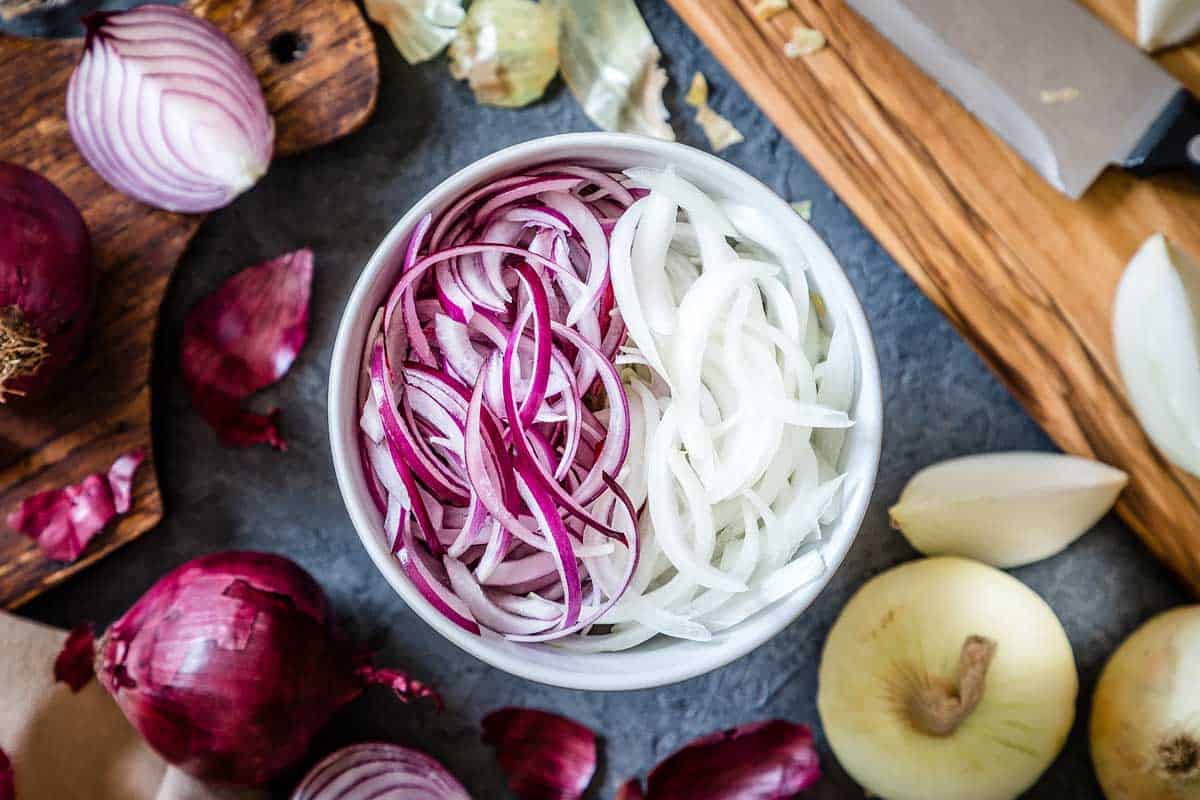
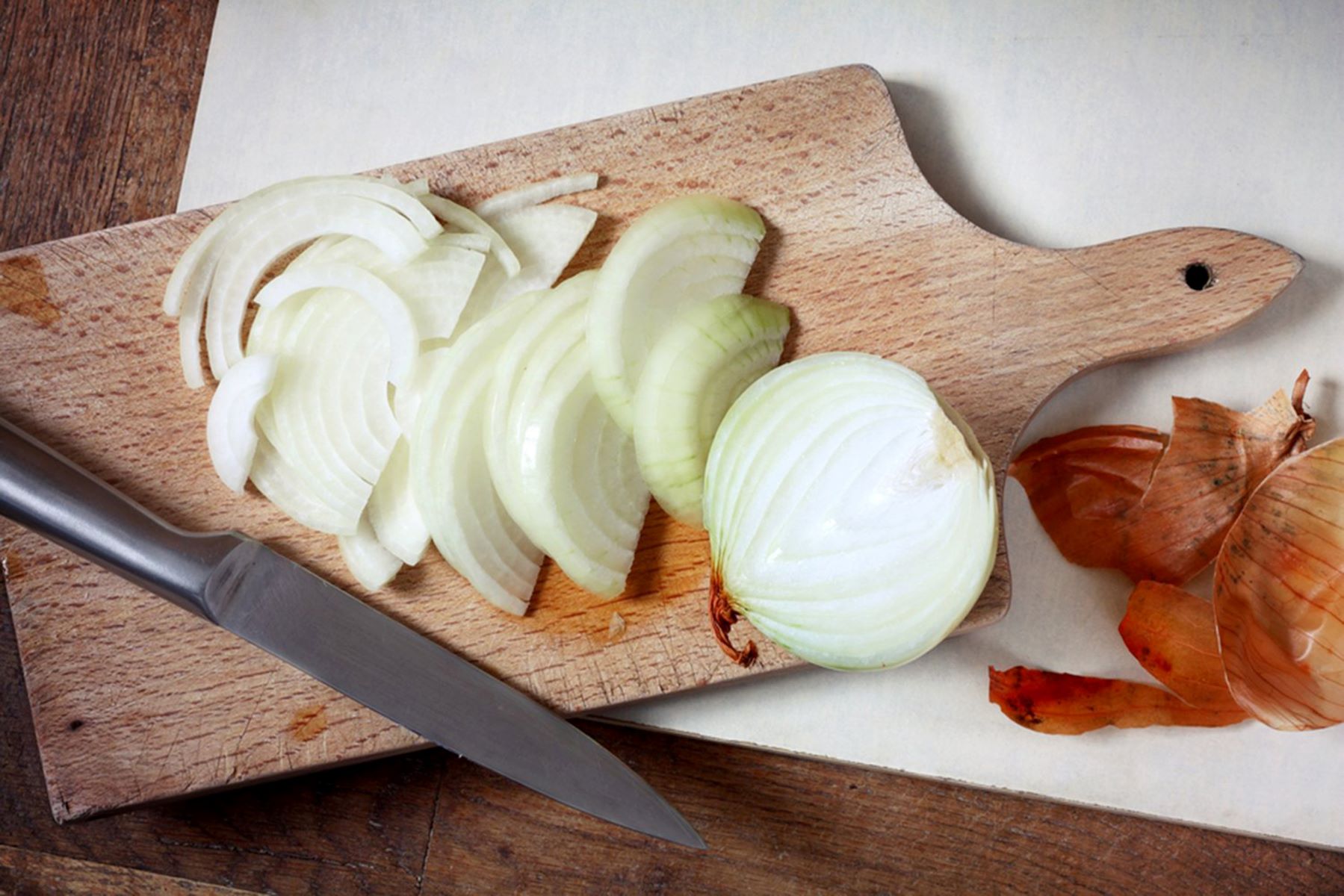
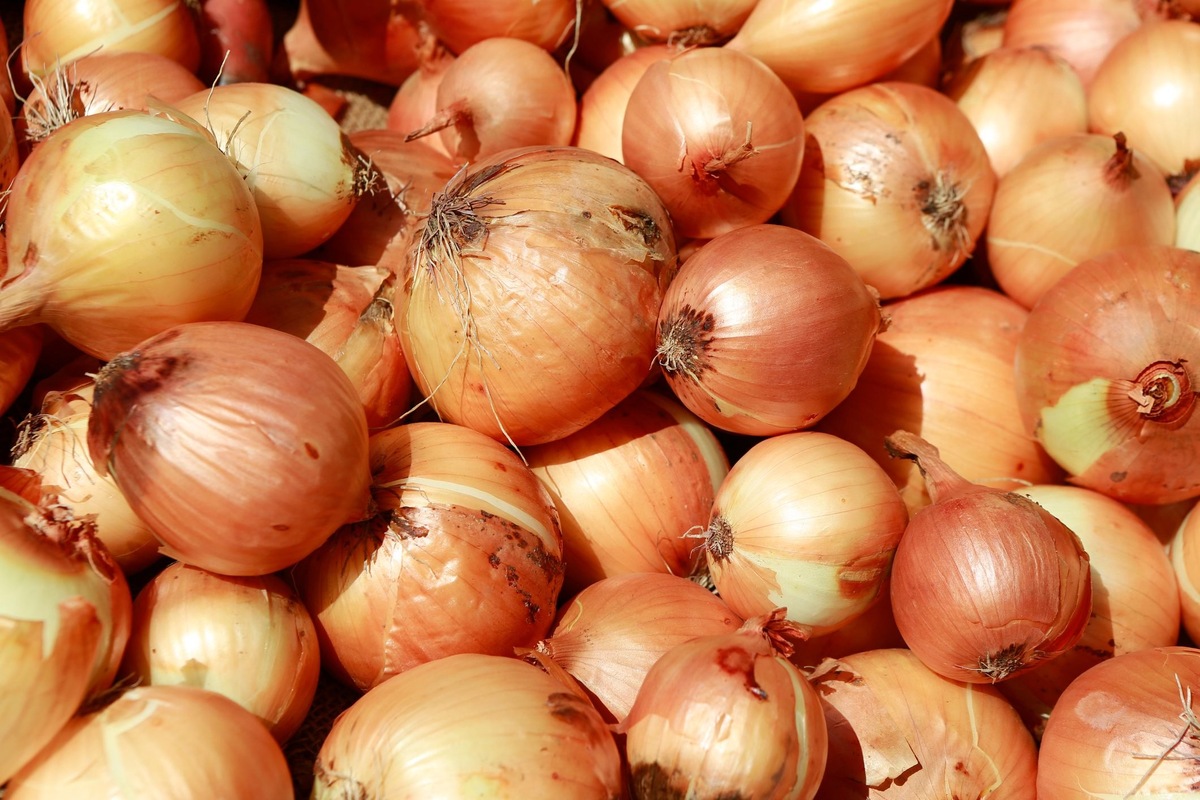

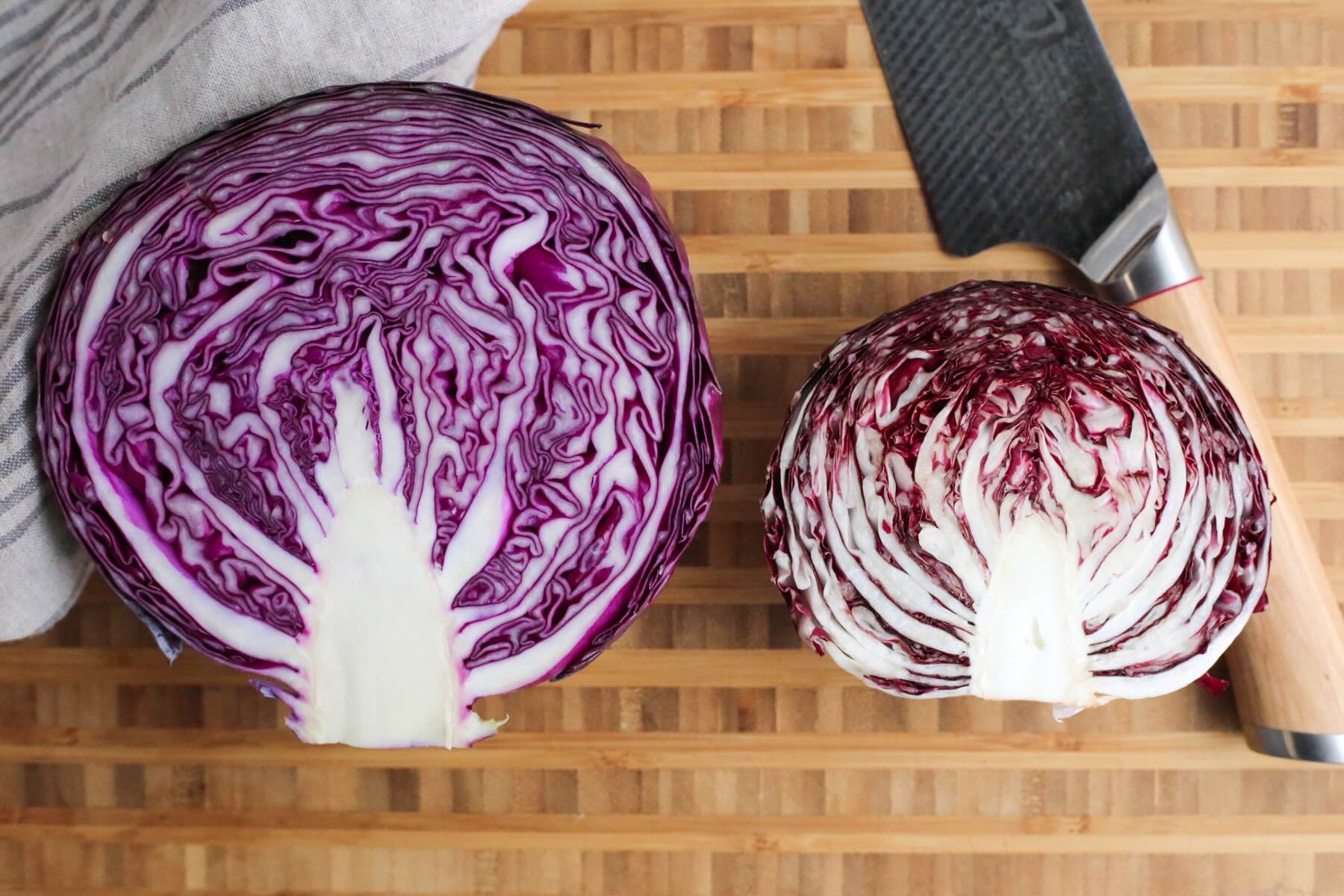

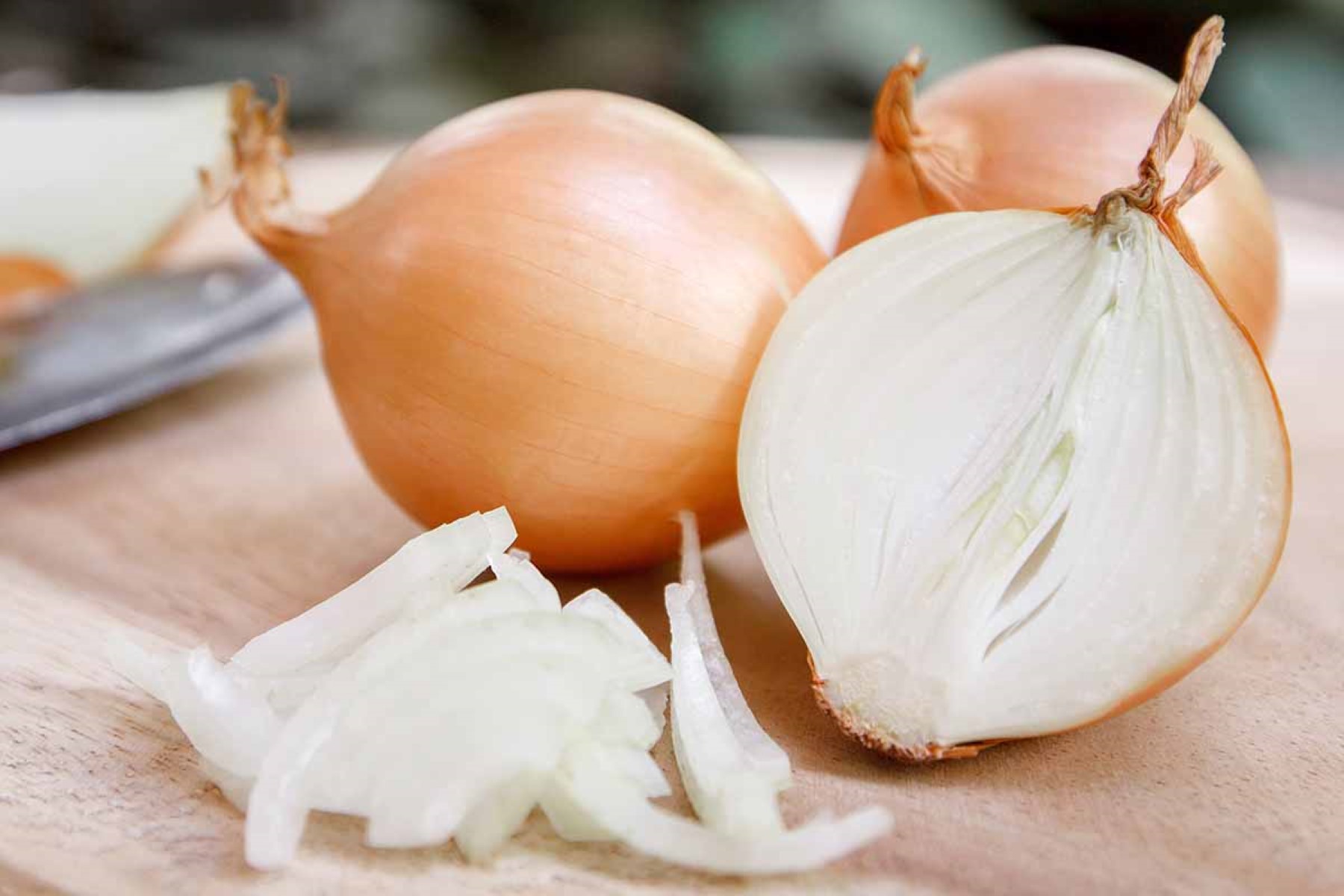
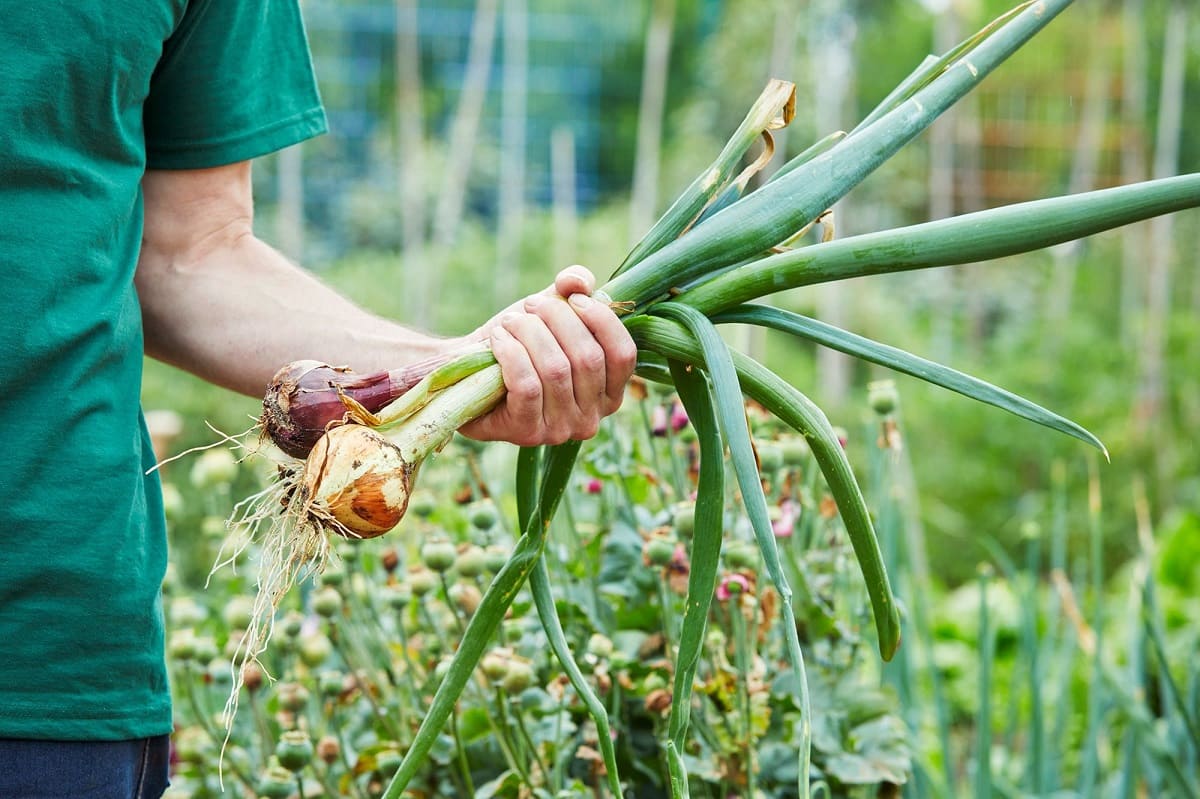
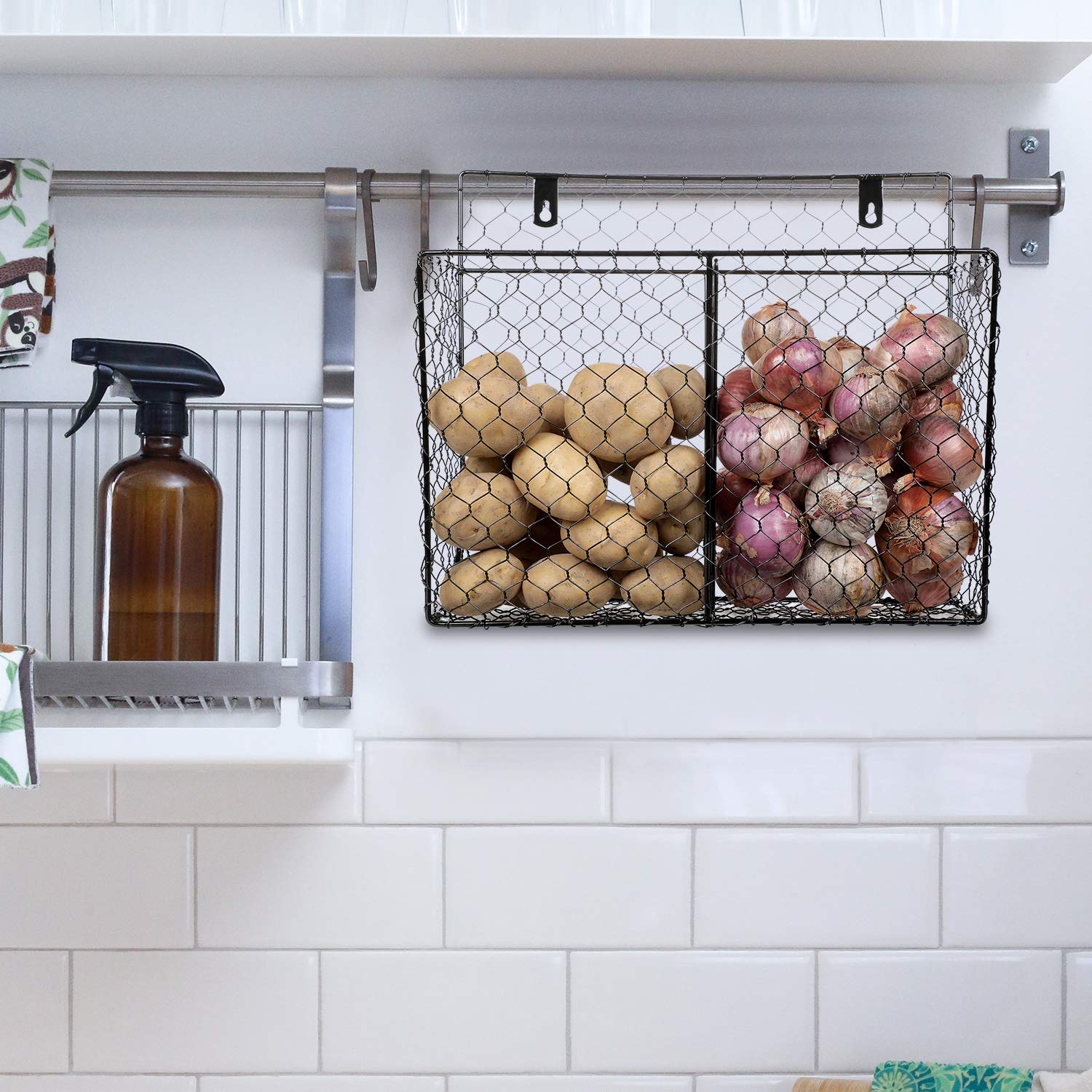

0 thoughts on “How To Store Purple Onions”